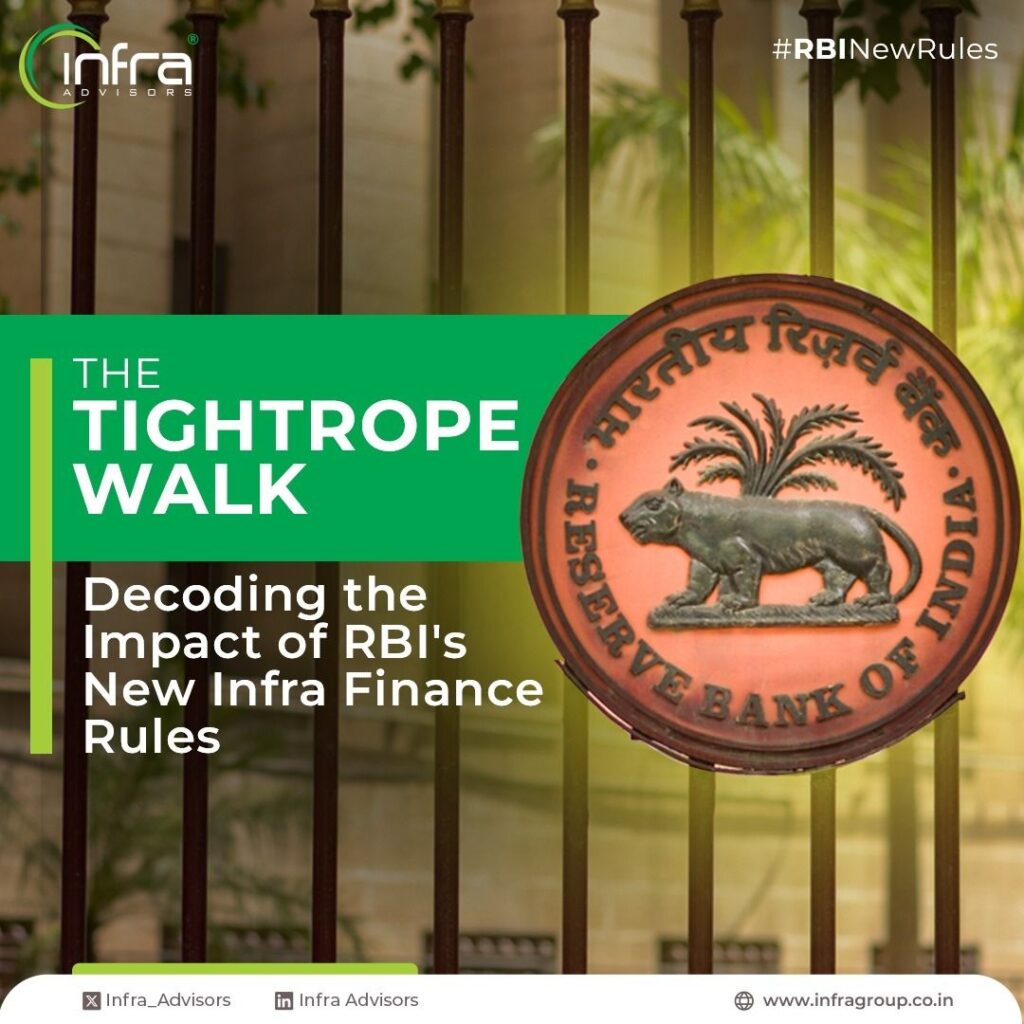The Reserve Bank of India’s (RBI) framework for various asset classes of projects, including infrastructure project financing, has sparked discussions within the industry. The framework can be considered as a manifestation of the central bank’s concern over project finance buildup. The framework aims to strengthen project health through stricter pre-financial closure requirements, limitations on the Debt Commencement Date (DCCO) extensions, and increased provisioning norms. While these measures promote financial prudence, they also restrict funding availability, potentially hindering infrastructure development.
Potential Roadblocks for Project Completion:
– Time Crunch for Pre-Closures: The framework mandates securing critical clearances and land acquisition before financial closure. Considering the time-consuming nature of obtaining environmental approvals, right-of-way, and navigating legal processes, this poses a challenge. Delays in these areas could stall project progress and impact financial viability.
– Limited Flexibility for Delays: The framework restricts DCCO extensions, a crucial tool for managing unforeseen circumstances during project execution. Natural calamities, utility relocation complexities, or litigation can disrupt timelines. Limited flexibility to adjust DCCO in such scenarios could jeopardize project completion, strain the assets of the lenders, and potentially increase funding costs substantially in case of delay. Such provision has been aimed at bringing better discipline while awarding and undertaking the project. The practice of plan before execution is the norm. The window for an extension is to be used only in extraordinary situations. In the road sector, 80% of land free of all encumbrances is a contractual and policy requirement that hardly gets implemented.
In coal-based MDO projects, 50% of the land before financial closure is not practical and desirable, and in certain circumstances, due to local land-related law, it is not legally allowed.
Balancing Financial Prudence with Infrastructure Needs:
While the RBI’s focus on financial stability is commendable, a more balanced approach is necessary. Here are some suggestions for a more balanced framework:
– 50% of land requirement is to be linked to the provision of contract documents in the case of the PPP project. If contract documents are provided for lower land, the same should be treated as land required rather than 50%.
– Risk-Based Approach: Tailoring provisioning norms to project type, credit rating, and historical performance could create a more equitable system. For instance, concession-based projects with predictable revenue streams might warrant lower provisioning requirements compared to riskier ventures. Credit rating is a critical tool and can be further strengthened in deliberation with various rating agencies to factor in additional perspective to makerating framework more robust.
– Sectoral Differentiation: Recognizing the unique characteristics of infrastructure projects compared to other sectors might be beneficial. Infrastructure development often involves longer gestation periods and requires flexibility to navigate unforeseen delays.
– Collaborative Problem-Solving: Open communication between lenders, project authorities, and regulatory bodies can foster a collaborative environment. This would allow for proactive risk mitigation strategies and timely interventions to address challenges without jeopardizing project completion.
- By finding a middle ground between financial discipline and acknowledging the realities of infrastructure development, the RBI can create a framework that fosters a healthy and productive environment for infrastructure investment in India. Optimistically, lenders, project authority and project developers will align with the central bank and participate in the debate for the framework and the Reserve Bank of India will factor in suggestions from stakeholders to put a framework to boost the desired growth.


